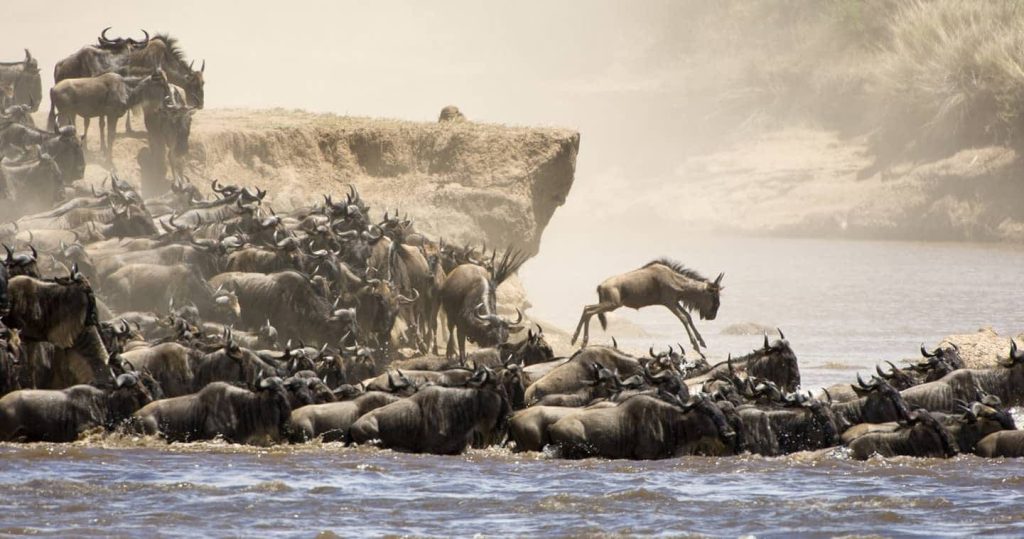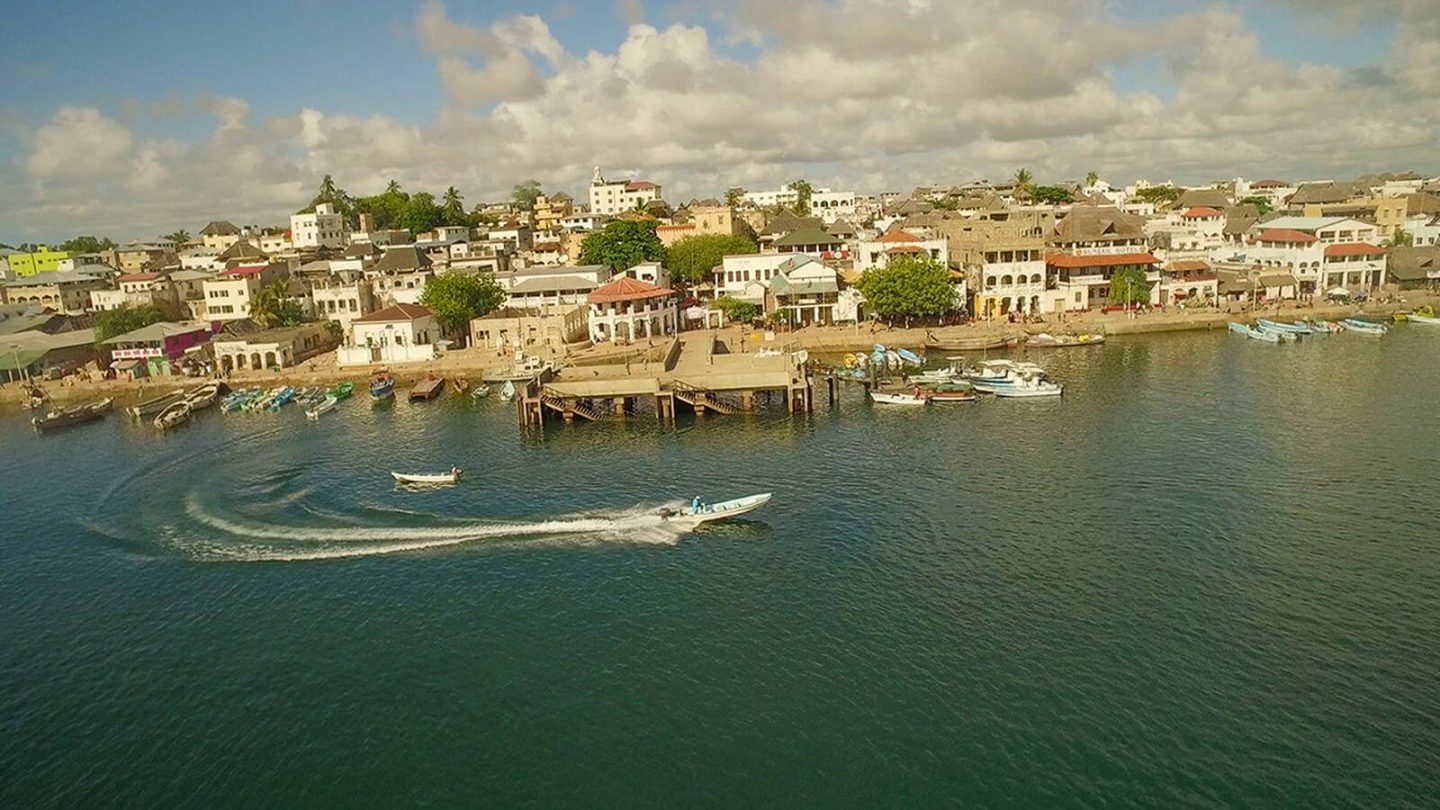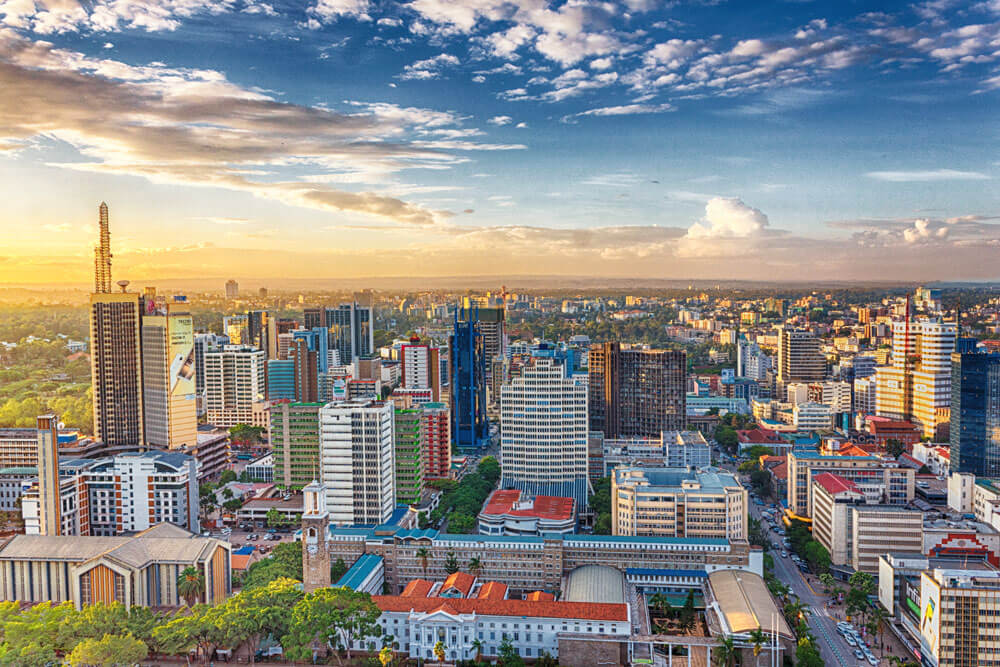Embark on a mesmerizing journey to the Masai Mara, where timing is everything for an extraordinary safari adventure. Discover the optimal moments to witness the wonders of wildlife during the Great Wildebeest Migration, ensuring you experience the best time to visit Masai Mara in all its splendor. From the breathtaking landscapes to the diverse wildlife encounters, careful planning around this key period promises an unforgettable exploration of one of Africa’s most iconic destinations.
Timing your visit to coincide with the best time to visit Masai Mara allows you to immerse yourself in the natural rhythms of this renowned reserve, offering unparalleled opportunities for wildlife sightings and unique experiences. Whether you seek the thrill of witnessing thousands of wildebeest on the move or prefer a quieter safari away from crowds, understanding the nuances of timing in the Masai Mara sets the stage for a safari experience that will leave you in awe of nature’s grandeur.
Best Time to visit masai mara for the Great Wildebeest Migration
The Great Wildebeest Migration is one of the most spectacular natural events on the planet, drawing travelers from around the globe to witness this awe-inspiring phenomenon. In the Masai Mara, Kenya, the best time to experience this epic migration is from July to November. Here’s a detailed breakdown of what you can expect during each phase of this remarkable wildlife spectacle:
Migration Begins (April to June)
- April to May: The migration typically kicks off as the herds start moving north from the Serengeti in Tanzania towards the Masai Mara in Kenya.
- May to June: During these months, the herds navigate through the Serengeti, with some groups already crossing into the Mara region.
Peak Migration (July to August)
- July: Witness the dramatic river crossings as thousands of wildebeest brave crocodile-infested waters of the Mara River.
- August: The herds are usually spread out across the Masai Mara, offering incredible wildlife viewing opportunities.
Continuing Migration (September to October)
- September: The herds start moving south towards Tanzania, often crossing back into the Serengeti.
- October: While some herds may have already left, there are still plenty of wildebeest and other wildlife to be seen in the Masai Mara.
Tail End of Migration (November)
- November: Towards the end of November, most of the herds have returned to the Serengeti, marking the conclusion of this phase of the migration.
Avoiding Crowds
- October to November: If you prefer a quieter experience with fewer tourists, visiting towards the end of the migration season can be a good option.
By planning your visit to coincide with these different stages of the Great Wildebeest Migration, you can witness nature’s grand spectacle at its finest and create unforgettable memories in the Masai Mara.
Weather Considerations
Weather Considerations in the Masai Mara
The weather in the Masai Mara plays a crucial role in shaping the experience of visitors to this iconic wildlife destination. Here are some key insights into the weather patterns and considerations when planning your trip:
Temperature
- Daytime: Expect average maximum temperatures around 29°C, with highs reaching 31°C during the day.
- Nighttime: The average minimum temperature hovers around 16°C, dropping to about 15°C on cooler mornings.
- Year-Round Pleasantness: The Masai Mara enjoys warm days and cooler nights throughout the year, offering a comfortable climate for visitors.
Rainfall
- Dry Season: Months like June to August are generally drier with lower chances of rain, ideal for safari adventures.
- Short Rain Season: Expect medium precipitation from months like November, with around 15 days of rain per month.
- Long Rain Season: Higher rainfall occurs from months like April, with approximately 21 days of rain per month.
Packing Tips
- Layering Clothing: Due to varying altitudes and temperature fluctuations, it’s advisable to pack light but include warm layers for cooler evenings.
- Rain Gear: Be prepared for some rainy days by packing appropriate rain gear, especially during the wetter months.
Impact on Wildlife Viewing
- Migration Influence: Weather patterns, especially rainfall, influence the movement of wildlife like wildebeest, impacting the best times for game viewing.
- Bird Watching: The rainy season can be excellent for bird watching as migratory birds are more prevalent during this time.
Understanding the weather nuances in the Masai Mara can help you plan your visit effectively, ensuring you make the most of your safari experience amidst this breathtaking natural landscape.
Avoiding Crowds
Tips for Avoiding Crowds in the Masai Mara
When planning your visit to the Masai Mara and aiming to escape the crowds, consider the following strategies based on expert recommendations and traveler experiences:
1. Explore Private Conservancies
- Benefits: Private conservancies offer exclusive experiences with limited vehicle numbers at sightings, ensuring a more intimate wildlife encounter.
- Activities: Enjoy night drives, bush walks, and off-road game drives not permitted in the main reserves.
- Locations: Northern conservancies like Ol Kinyei, Naboisho, and Olare Motorogi offer excellent wildlife viewing opportunities with fewer tourists.
2. Visit the Mara Triangle and Lamai Area
- Advantages: Both areas provide exceptional migration-related experiences, with a preference for the Tanzania side due to river crossings on the Mara River.
- Debate: Consider staying on the south side of the Mara River in the Lamai area or the north side based on migration patterns.
- Timing: Opt for visiting during specific months when herds are moving south for better viewing opportunities.
3. Choose Wildlife Conservancies Over National Reserves
- Less Congestion: Wildlife conservancies limit the number of camps and rooms, offering a more authentic and less crowded safari experience.
- Community Benefits: Supporting community-led conservation efforts where wildlife, people, and habitats all benefit.
- Vehicle Limits: Conservancies typically allow only around three to four vehicles at a sighting, ensuring a peaceful wildlife encounter.
By strategically selecting private conservancies, focusing on specific areas within the Masai Mara, and opting for wildlife conservancies over national reserves, you can enhance your safari experience by avoiding crowds and immersing yourself in the natural beauty of this iconic destination.
Other Factors to Consider
Other Factors to Consider When Planning Your Masai Mara Visit
When preparing for your journey to the Masai Mara, there are additional factors beyond wildlife and weather that can significantly impact your experience. Here are some key considerations to keep in mind:
1. Accommodation Choices
- Less Crowded Areas: Opt for accommodations in less crowded regions like the Mara Triangle, Mathews Range, Samburu, and Meru, which offer a more serene safari experience.
- Availability: Note that the Mara Triangle may have fewer accommodation options compared to other areas, so booking in advance is advisable.
2. Lodge Selection for Crowd Avoidance
- Hidden Gems: Explore lodges that provide a secluded experience away from the crowds, ensuring a tranquil and exclusive stay amidst the wilderness.
- Top Picks: Consider top lodges known for offering privacy and unique wildlife encounters, enhancing your overall safari experience.
3. Exploring Beyond the Masai Mara
- Ndutu Area: In the shoulder seasons, consider exploring the Ndutu area for a different wildlife viewing experience away from congested areas.
- Serengeti Safaris: Venture into the Serengeti as an alternative to witness wildlife in a less crowded setting, offering diverse landscapes and unique safari opportunities.
4. Private Conservancies and Reserves
- Exclusive Experiences: Private conservancies limit tourist numbers, providing a more intimate and exclusive safari adventure.
- Activities: Enjoy special experiences like night drives, bush walks, and off-road game drives not typically allowed in national reserves, enhancing your wildlife encounters.
By considering these additional factors such as accommodation choices, lodge selection, exploring neighboring areas like the Serengeti, and opting for private conservancies, you can tailor your Masai Mara experience to suit your preferences while avoiding crowds and immersing yourself in the natural beauty of this iconic African wilderness.
Conclusion
In conclusion, planning a visit to the Masai Mara involves a careful consideration of various factors to ensure a memorable and fulfilling safari experience. From timing your trip to witness the Great Wildebeest Migration to understanding the weather patterns, avoiding crowds, and exploring beyond the main reserve, each decision can significantly impact your adventure in this iconic wildlife destination.
By choosing the best time to witness the migration, considering weather conditions for optimal wildlife viewing, strategizing to avoid crowds through private conservancies and less crowded areas, and exploring additional factors like lodge selection and neighboring regions, you can tailor your Masai Mara journey to meet your preferences and expectations.
Ultimately, the Masai Mara offers a wealth of natural beauty, diverse wildlife, and unique experiences for every traveler. With thoughtful planning and consideration of these factors, you can embark on a safari that not only showcases the wonders of the African wilderness but also provides you with unforgettable moments and a deep connection to this remarkable ecosystem. Plan wisely, embrace the adventure, and let the magic of the Masai Mara captivate your senses as you immerse yourself in its splendor.



